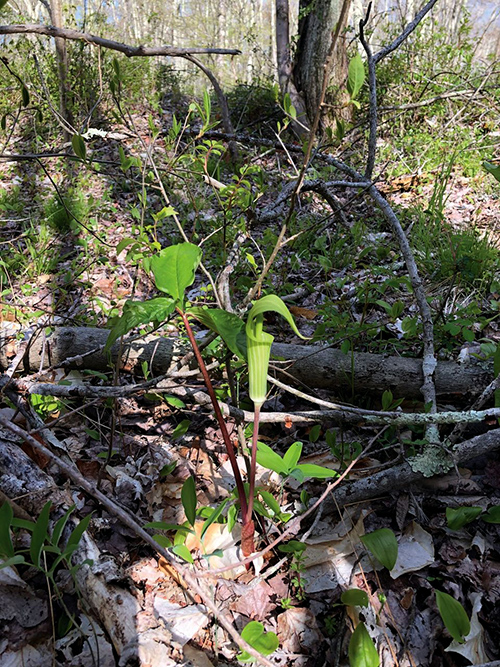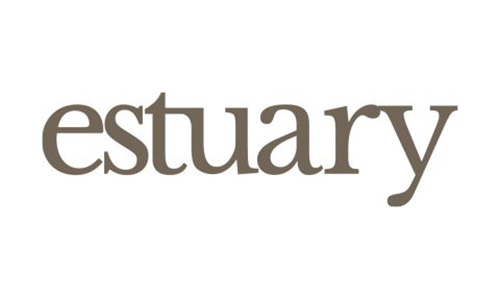From the Publisher:
Land Trusts in the River Valley
My wife and I had just spent the night in a tent high up in the Tien Shan Mountains of eastern Kyrgyzstan, just down the road from where the Russian cosmonaut Yuri Gagarin prepared his physique for space flight. We were also a few miles from the border with China, about as remote from civilization as we had ever been. As dawn broke, I extracted myself from our small tent and walked another mile or so up into the canyon when I literally felt the presence—before I saw it—of a golden eagle, or Oray, making his morning pass down into the valley, his valley, flapping his wings once every five seconds like a metronome, making efficient use of air currents for much of the energy required.

Photo taken by the writer on May 10, 2020, on the Pierce Arrow Trail of Walden Preserve.
The experience of seeing such animals in the raw is a thrill. The thrill may be accentuated by the exotic nature of the surroundings and the animal itself, especially its size. I think of elk, whales, great horned sheep, but also owls, rails, pheasant, and wild turkeys.
This spring on Mother’s Day, we took a modest hike at the Walden Preserve in Salem, Connecticut. Once you spot the skunk cabbage, marking the presence of damp, marshy ground, you know the jacks must be close by. While less challenging than the mountains of Kyrgyzstan, the thrill of seeing a jack-in-the pulpit in the raw is, in its own way, right up there with seeing exotic wild animals.
Wildflowers don’t quite get the play accorded to wild animals. That’s okay. We will give wildflowers their due in this magazine. We also value the hard work and dedication required to preserve the land, woods, streams, and ponds so that everyone can enjoy them. Such is the province of land trusts.
The Walden Preserve is owned by The Nature Conservancy and maintained by the Salem Land Trust. The trails are extremely well maintained, offering a delightful and true walk in the park.
Land trusts are ancient in concept, but a relatively recent phenomenon within the Connecticut River watershed, commencing in a serious way shortly after WWII. There are perhaps 100 land trusts in the Connecticut River Valley, not to mention the state and national conservancy associations. The range of offerings by these land trusts is extraordinary, and that is part of their story. Some are well-funded, some are less so, but all are well-intentioned, that is, to preserve the land (or farms or forests) for future generations to use, enjoy, and maintain into perpetuity. We submit an overview of River Valley land trusts in this issue, with more articles to come, on a regular basis, about specific trusts, how they operate, who established them, under what circumstances, the challenges they face, how to find and enjoy them, and what volunteers are doing to help.


Dick Shriver
Publisher & Editor

